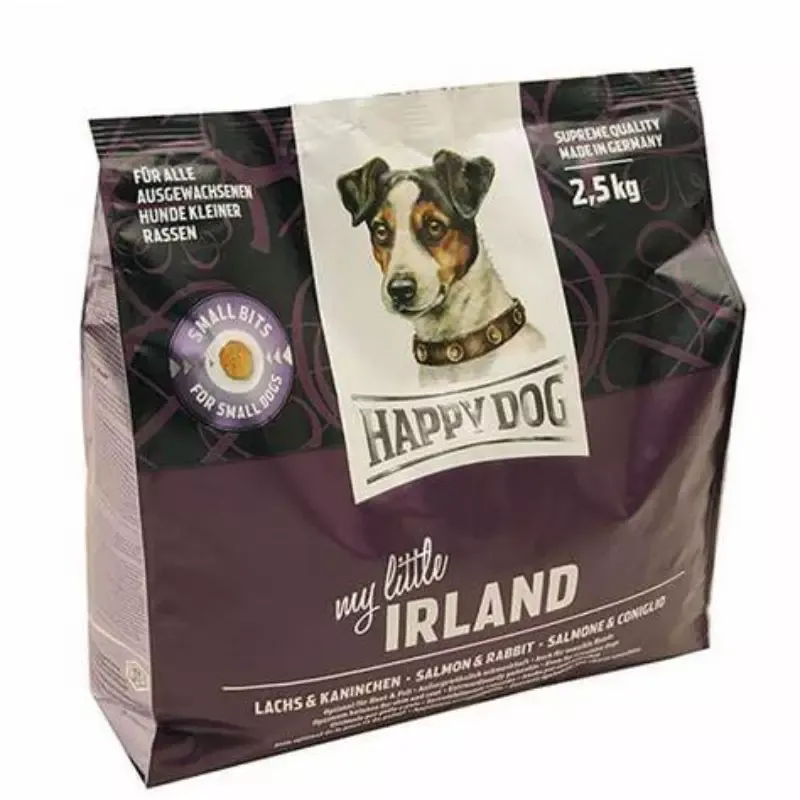- Afrikaans
- Albanian
- Amharic
- Arabic
- Armenian
- Azerbaijani
- Basque
- Belarusian
- Bengali
- Bosnian
- Bulgarian
- Catalan
- Cebuano
- chinese_simplified
- chinese_traditional
- Corsican
- Croatian
- Czech
- Danish
- Dutch
- English
- Esperanto
- Estonian
- Finnish
- French
- Frisian
- Galician
- Georgian
- German
- Greek
- Gujarati
- haitian_creole
- hausa
- hawaiian
- Hebrew
- Hindi
- Miao
- Hungarian
- Icelandic
- igbo
- Indonesian
- irish
- Italian
- Japanese
- Javanese
- Kannada
- kazakh
- Khmer
- Rwandese
- Korean
- Kurdish
- Kyrgyz
- Lao
- Latin
- Latvian
- Lithuanian
- Luxembourgish
- Macedonian
- Malgashi
- Malay
- Malayalam
- Maltese
- Maori
- Marathi
- Mongolian
- Myanmar
- Nepali
- Norwegian
- Norwegian
- Occitan
- Pashto
- Persian
- Polish
- Portuguese
- Punjabi
- Romanian
- Russian
- Samoan
- scottish-gaelic
- Serbian
- Sesotho
- Shona
- Sindhi
- Sinhala
- Slovak
- Slovenian
- Somali
- Spanish
- Sundanese
- Swahili
- Swedish
- Tagalog
- Tajik
- Tamil
- Tatar
- Telugu
- Thai
- Turkish
- Turkmen
- Ukrainian
- Urdu
- Uighur
- Uzbek
- Vietnamese
- Welsh
- Bantu
- Yiddish
- Yoruba
- Zulu
labels for soap bars
Understanding Labels for Soap Bars A Guide to Ingredients, Benefits, and Regulations
Soap bars, a staple in personal hygiene, come in various formulations and scents. Regardless of the allure of their packaging, it is essential to understand the labels on these products. Labels provide crucial information, including ingredients, benefits, and compliance with safety regulations. This article will delve into the intricacies of soap bar labels, enabling consumers to make informed choices.
Ingredients The Heart of Soap Bars
One of the first aspects consumers notice on a soap bar label is the list of ingredients. Organic soap bars typically contain natural ingredients such as oils, butters, and essential oils. For instance, olive oil, coconut oil, and shea butter are popular choices due to their skin-nourishing properties. When selecting a soap bar, look for products with a short ingredient list, as this often indicates fewer artificial additives.
In contrast, some commercial soap bars contain synthetic ingredients, including sulfates, parabens, and artificial fragrances. While these components might aid in lathering or extending shelf life, they can be harsh on the skin, particularly for those with sensitivities.
Understanding Scent and Fragrance
Fragrance is a significant selling point for many soap bars. The label may list fragrance or parfum, which can encompass a myriad of synthetic chemicals. For consumers who prioritize natural products, it is advisable to choose soap bars that specify essential oils for fragrance, as they derive from natural sources and often come with added therapeutic benefits.
Claims and Benefits
Manufacturers often tout various claims on their soap bar labels, such as moisturizing, exfoliating, or antibacterial. These claims can sometimes be misleading, so understanding their basis is essential.
labels for soap bars

1. Moisturizing Some soap bars contain humectants like glycerin that help retain moisture in the skin. Look for ingredients like aloe vera or honey that can enhance hydration. 2. Exfoliating Exfoliating soap bars often contain physical exfoliants like oatmeal, ground coffee, or pumice. These ingredients can help remove dead skin cells, revealing smoother skin underneath. 3. Antibacterial With increased awareness of hygiene, many soap bars advertise antibacterial properties. Ingredients like tea tree oil or specific chemical agents can offer these benefits, but consumers should be wary of overuse, which can harm the skin barrier.
Regulatory Compliance
Soap bars are regulated by authorities such as the Food and Drug Administration (FDA) in the United States. Manufacturers are required to adhere to specific guidelines regarding labeling and ingredient safety. This includes listing all components in descending order by weight and providing clear instructions for use.
Moreover, certifications such as cruelty-free or organic can add value to a soap bar but may not always guarantee quality. Consumers should seek reputable certifications to ensure the product aligns with their values.
Sustainability Practices
As sustainable practices become a priority for many consumers, labels that highlight ethical sourcing, biodegradable packaging, and environmentally-friendly manufacturing processes are gaining traction. Brands that emphasize sustainability often detail their practices, allowing consumers to support eco-conscious companies.
Conclusion
Navigating soap bar labels can be overwhelming, but knowledge is power. By understanding ingredients, claims, and regulatory standards, consumers can make informed decisions that benefit both their skin and the environment. Whether you are searching for a moisturizing formula, a gentle exfoliant, or a soap bar with natural fragrances, carefully examining the label is the first step towards a satisfying purchase. Embrace the journey of exploring personal care products, and let the labels guide you toward your perfect soap bar!













